Post-and-pray recruiting hinges on the misconception that publishing an open job means that the job is done. If a hiring team can just get a job post published online somewhere, the applications will come. And they’ll come regardless of how good the job post is or how well the team distributes it.
Unfortunately, this isn’t the case. It’s not enough to ‘slap together’ a job post, ‘throw it up’ on Monster or CareerBuilder, and call it a day. That type of post-and-pray recruiting doesn’t work, mostly because it underestimates how technical job posts and job hunting really are. It ignores the details. And, in fact, the details of the recruiting process are the most important parts.
1. Job descriptions and job posts aren’t the same thing
Let’s start with one important detail. Depending on where you live and work, you may conflate the term ‘job description’ with ‘job post’ or ‘job advertisement.’ We have a habit of doing that here in the United States, although hiring teams in Europe tend to distinguish between the two.
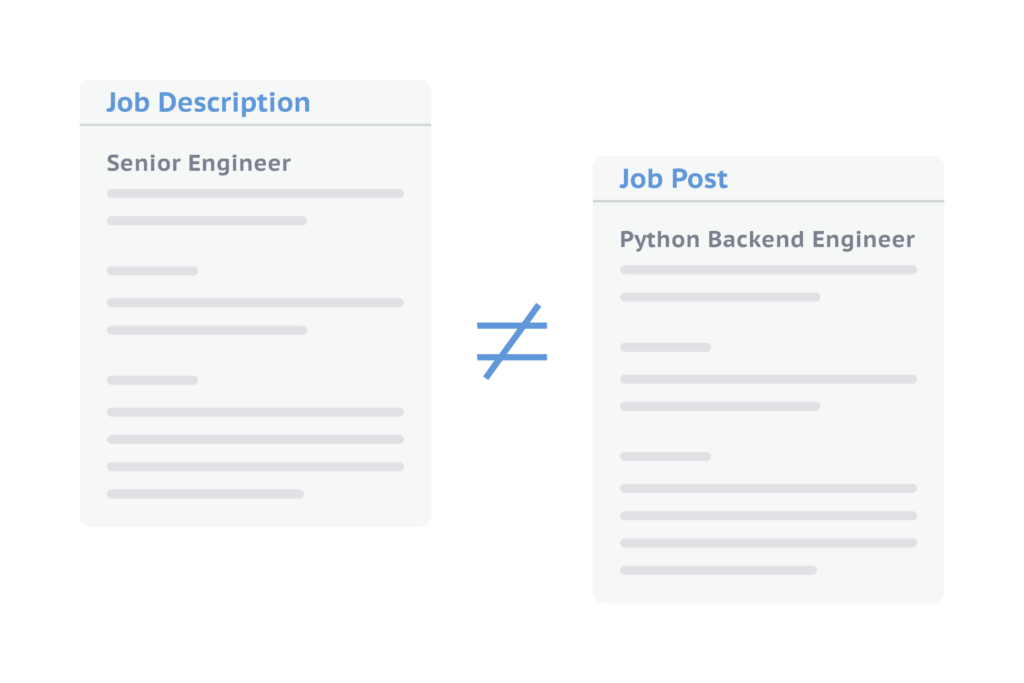
But regardless of where you land on the terminology, it’s important to avoid conflating the two documents behind these terms. A job description is a comprehensive, internal document used by human resources to lay out all the details of a position. Meanwhile, a job post is an external document used by hiring teams to attract job seekers to an open job.
Two distinct documents for two distinct purposes. Which means hiring teams shouldn’t just turn a job description from their human resources department into their job post. Or just make one up on the spot without a lot of forethought.
2. A job title isn’t a no-brainer
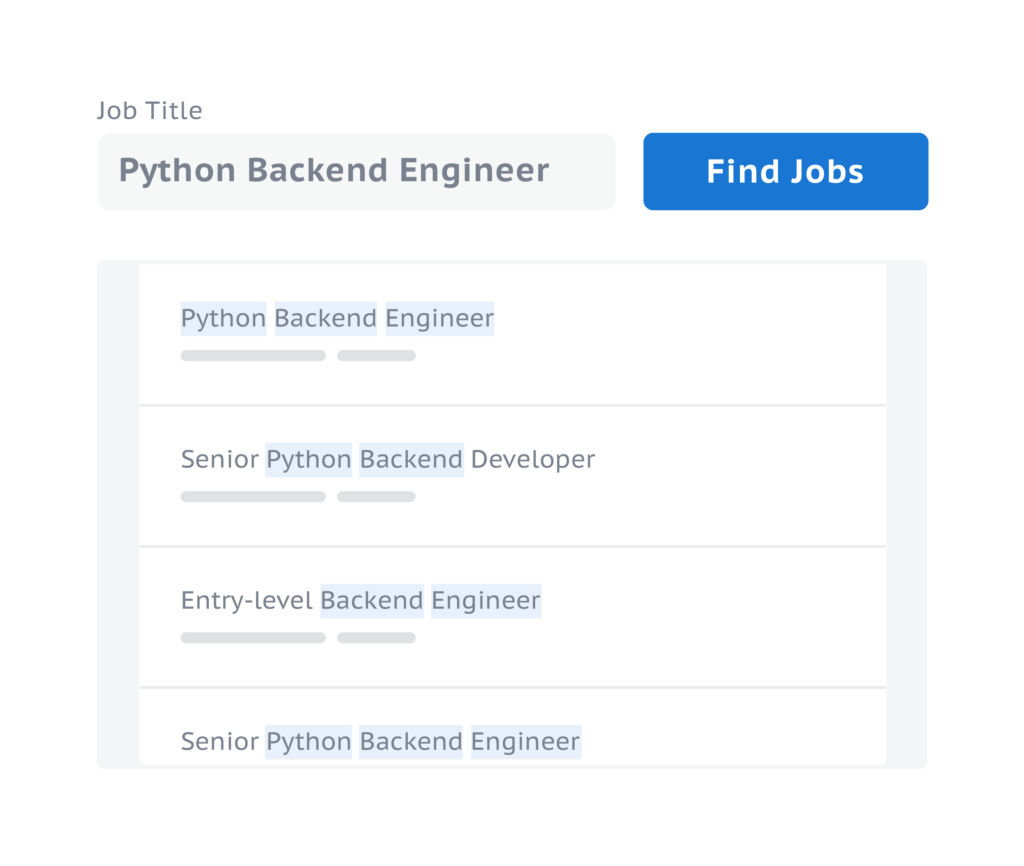
A job title is a no-brainer, right? If a company is advertising for an existing position, that position already has a title. If the company is advertising for a newly created position, the hiring team just has to pick a title and get on with the hiring process.
Not so fast. Just as with job descriptions and job posts, internal job titles and external job titles are two different things. A job title used internally at the company isn’t always the same as a job title used by candidates searching in the marketplace.
Your company can use an internal title however you want. You can use it as a leveling tool, as a way to avoid an industry-standard or ‘cliché’ title, or as a way to make a job sound fancier than it actually is.
But when recruiting time comes, all that goes out the window. Hiring teams have to use titles that are clear and industry-standard (even ‘boring’). Because those are the titles that job seekers are searching for and that job boards are using as keywords to respond to those searches. In short, job titles matter.
3. The content you include matters
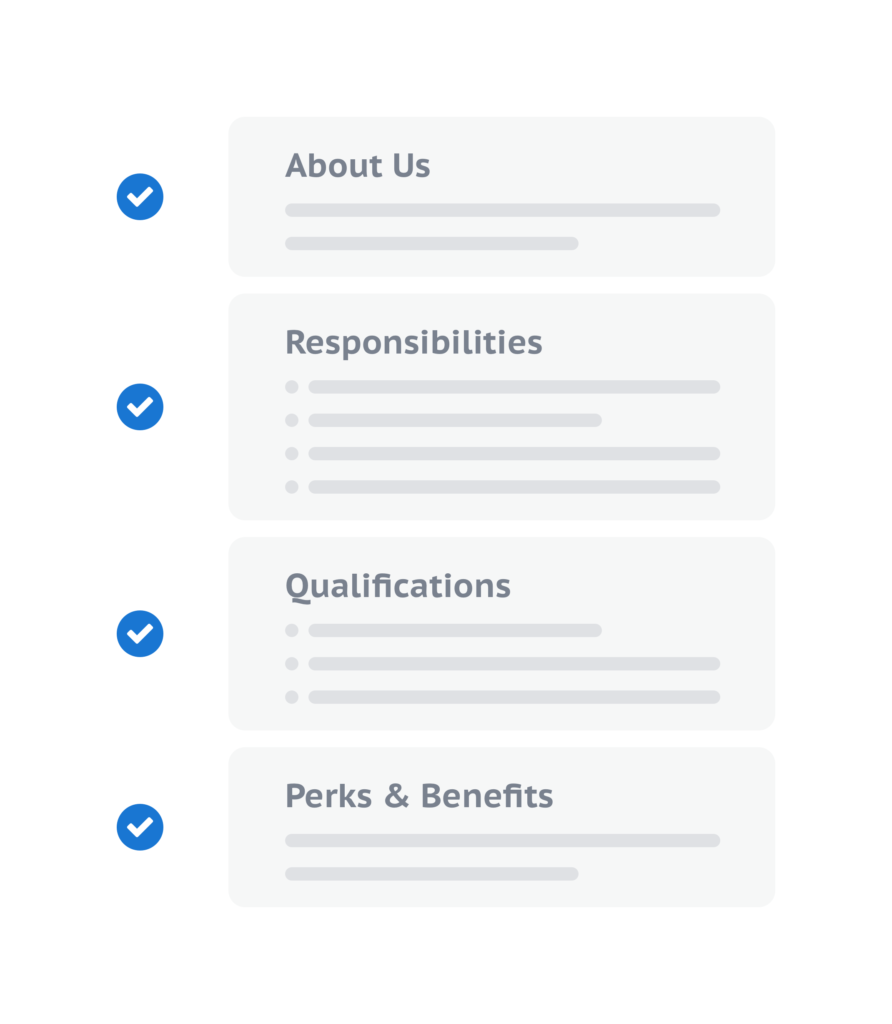
Job post architecture (i.e., your template) is another area that tends to get short shrift in the post-and-pray recruiting approach. Seemingly insignificant details that job seekers nevertheless want to know get left out of job posts when consistency isn’t top of mind.
Diversity statements, for example, are something that many potential candidates care about. Yet sometimes hiring teams leave them out of job posts because ‘they’re assumed.’ Same thing with benefits and perks. But candidates don’t make assumptions about these things.
In fact, our own research shows that diversity statements increase the perception on the part of job seekers that a company is committed to inclusive employment practices. Even when the diversity statement is ‘common’ or ‘legalese.’
4. Language can be a deal-breaker

Unfortunate things can happen to job-post language when hiring teams take the post-and-pray recruiting approach. One, biases can seep in. Two, wordiness, vague phrasing, jargon, and even grammatical errors can seep in as well, confusing and possibly deterring qualified candidates.
Biased language hurts the recruiting effort by deterring qualified job seekers from historically underrepresented groups, like women and minorities. (It also hurts the company’s brand.) But vague or confusing language (e.g., soft skills in the requirements section) can also hinder the recruiting effort by making jobs needlessly long and dense.
If the job post doesn’t define the role clearly, it’s hard for job seekers to determine whether they should apply. Qualified job seekers may get confused and not apply. At the same time, you will see a lot of ‘one-click-apply’ applications, filling your candidate pipeline with unqualified applicants.
5. Where you publish your job ad matters
A defining characteristic of the internet (that post-and-pray recruiting doesn’t address) is the sheer amount of choice it offers. In hiring terms, this means job seekers have multiple options when scouring the marketplace for work.
Remote workers, for example, have job boards dedicated solely to remote work (e.g., FlexJobs). Journalists have job boards dedicated solely to journalism (e.g., JournalismJobs). Even software engineers who specialize in the Python programming language have a job board dedicated solely to Python engineering roles (Python.org).
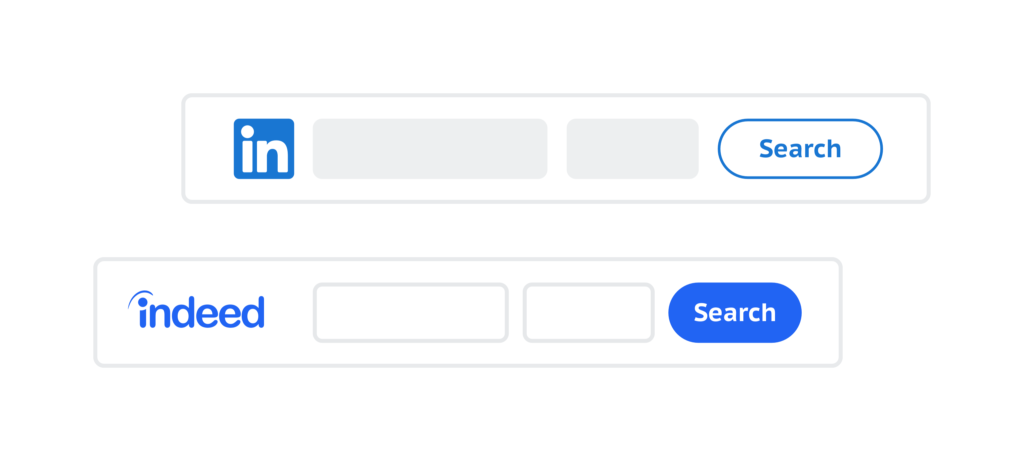
While some job boards like Indeed aggregate ads from other sites, not all job seekers use these broad search engines. And unless your company has unusually strong brand recognition, very few job seekers are likely to visit your company’s careers page. So it’s important to optimize your distribution strategy.
6. Measuring the results provides lessons
Post-and-pray recruiting basically ends when a job ad goes live. The hiring process doesn’t end, of course, but the initial push ends. After a hiring team makes an offer and a candidate accepts, the team simply closes the book on that job. But what lessons can the team take away from the experience?
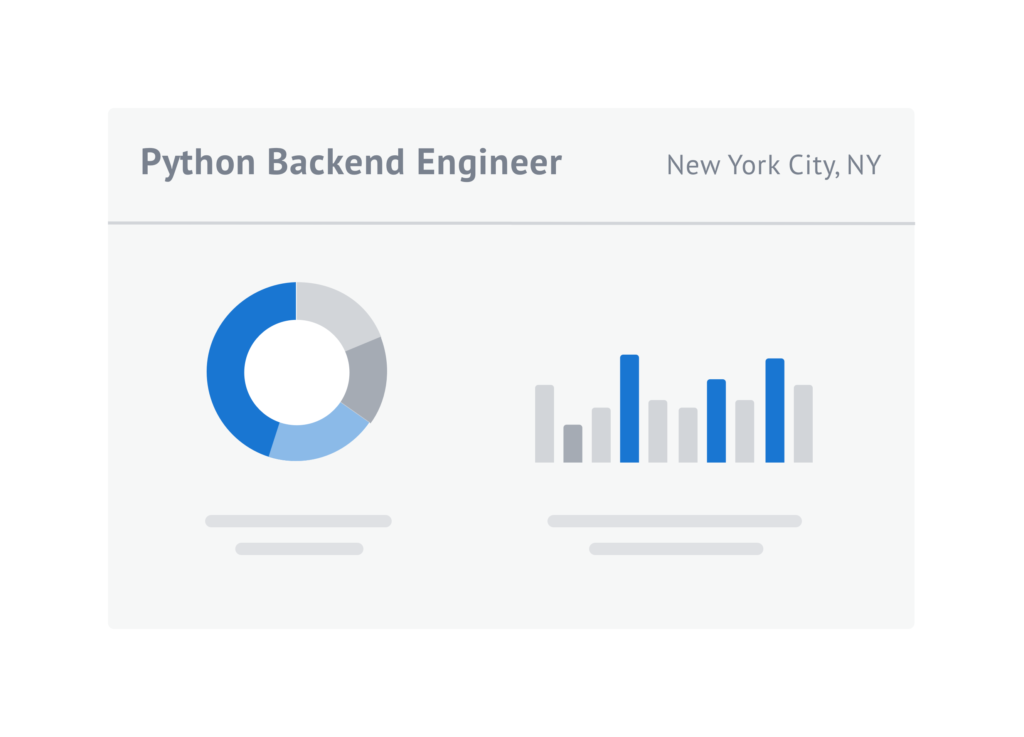
How can they determine the effectiveness of their job post? Or which sources sent the best candidates their way? How do they know their candidate pool was as diverse as it could have been? And how can they measure the time they could have saved on filling the role?
These questions go unanswered with a post-and-pray recruiting approach. And they go unanswered again and again, job after job, making it hard for the hiring team to learn and improve over time.
Post-and-pray recruiting doesn’t work
There’s no point in publishing a job post if the title is so obscure that it doesn’t show up in marketplace searches. Or publishing a job post that no one understands. Or one that contains biased language that deters qualified job seekers.
Details matter in recruiting. In fact, the details (e.g., title, content, language, and distribution) can make or break your hiring effort. Rather than assuming that the details don’t matter, try flipping that idea on its head.
